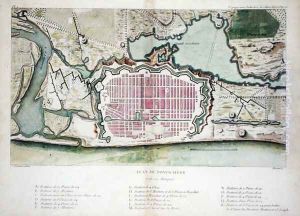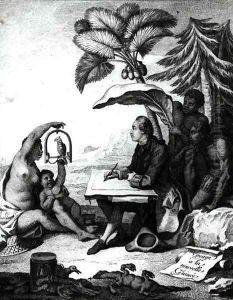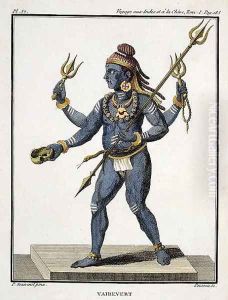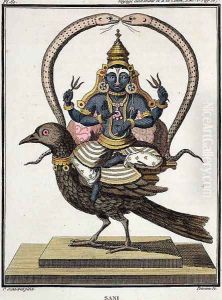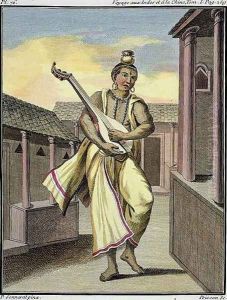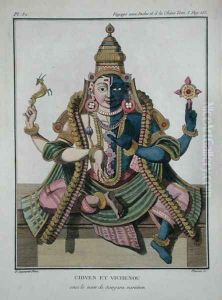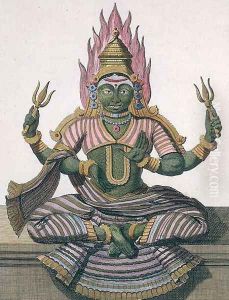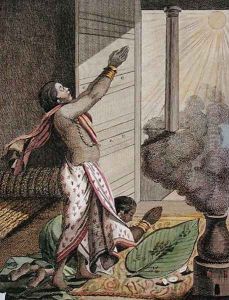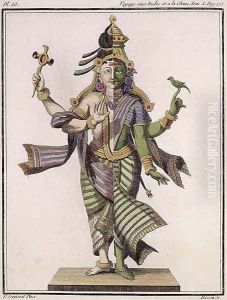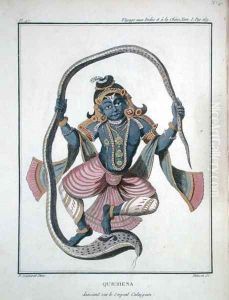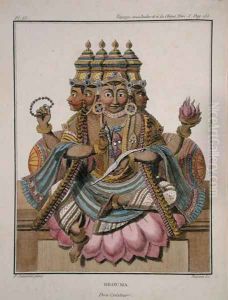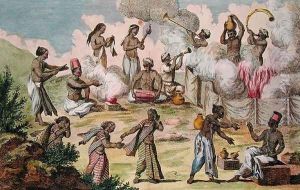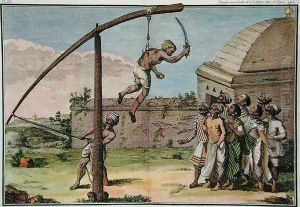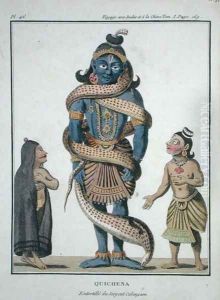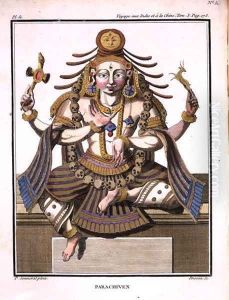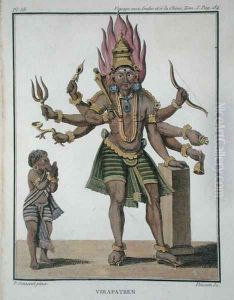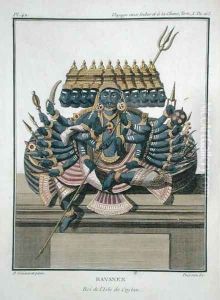Pierre Sonnerat Paintings
Pierre Sonnerat was a French naturalist and explorer born on August 18, 1748, in Lyon, France. He is known for his travels in Asia, particularly in the Indian subcontinent and the Philippine archipelago. Sonnerat was the nephew of the botanist Pierre Poivre, which significantly influenced his interest in natural history.
Sonnerat's first major voyage was to the Indian Ocean in 1769, where he visited several islands including Mauritius and Madagascar. However, it was his later expeditions that garnered him significant attention. From 1774 to 1781, Sonnerat undertook a journey to Southeast Asia, where he explored various regions, documenting the flora, fauna, and the cultures of the peoples he encountered. His observations and collections from these travels contributed to the European understanding of these regions.
He published several works based on his travels, with 'Voyage à la Nouvelle-Guinée' being one of his notable publications, in which he described the cultures and natural history of the places he visited. In this book, he is credited with giving the first detailed account of the bird-of-paradise species to Europeans.
Sonnerat's work extended to the field of ethnography and linguistics as well. He took an interest in the local languages and compiled a Tamil-French dictionary, which, although never published, was considered an important manuscript for researchers at the time.
Despite the value of his observations, Sonnerat was sometimes criticized for inaccuracies. He sometimes drew conclusions about species based on visual similarities rather than scientific classification, which led to some errors. Nevertheless, his contributions to the natural sciences, particularly ornithology, and the documentation of exotic cultures, were highly regarded.
Pierre Sonnerat passed away on March 31, 1814, in Paris, France. His legacy is remembered through the numerous species named after him and his contributions to the body of knowledge in natural history and ethnography.

